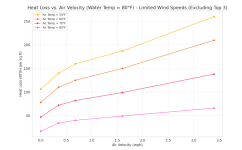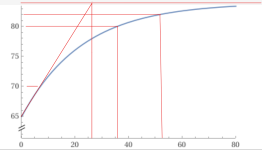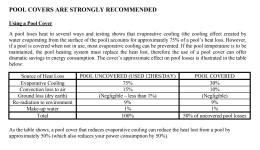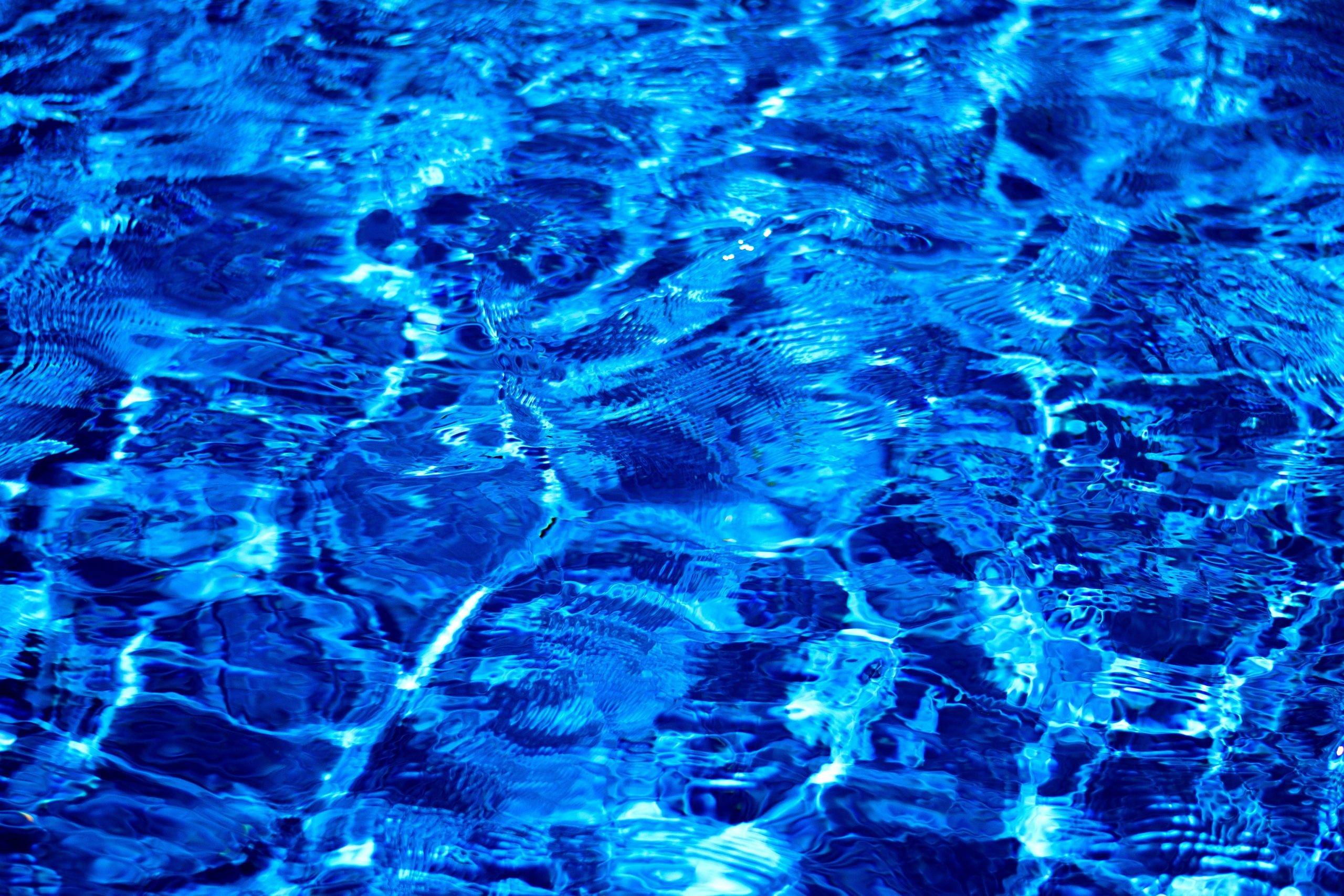Hello,
Warm temps are here in NC and my wife/kids have been itching to use our new (to us) pool in the house we moved into last year. We figure that a heater could get us ~1 month extra on both ends of the swim season.
Our pool has a electric heat pump that is still in place but it is broken and non-repairable and we are debating about whether it is worthwhile to replace it or not. Gas is available at the house but a new line ~150ft long would have to be run underground to the equipment pad and I don't think this is in our budget.
The one thing holding me back from purchasing a new heat pump is that we do not have a pool cover of any kind. The pool is a very unusual free-form shape with a water feature on one side and would be extremely difficult to cover. The prior owners never covered it.
I know this question has been asked before and a cover would be better, but wanted to know if there is anyone out there with experience using an electric heater with and without a cover. Will I just lose a few degrees at night that I can easily get back during the day? Or is it a completely stupid idea to run the heat pump without a cover at night?
Thanks!
Warm temps are here in NC and my wife/kids have been itching to use our new (to us) pool in the house we moved into last year. We figure that a heater could get us ~1 month extra on both ends of the swim season.
Our pool has a electric heat pump that is still in place but it is broken and non-repairable and we are debating about whether it is worthwhile to replace it or not. Gas is available at the house but a new line ~150ft long would have to be run underground to the equipment pad and I don't think this is in our budget.
The one thing holding me back from purchasing a new heat pump is that we do not have a pool cover of any kind. The pool is a very unusual free-form shape with a water feature on one side and would be extremely difficult to cover. The prior owners never covered it.
I know this question has been asked before and a cover would be better, but wanted to know if there is anyone out there with experience using an electric heater with and without a cover. Will I just lose a few degrees at night that I can easily get back during the day? Or is it a completely stupid idea to run the heat pump without a cover at night?
Thanks!





















